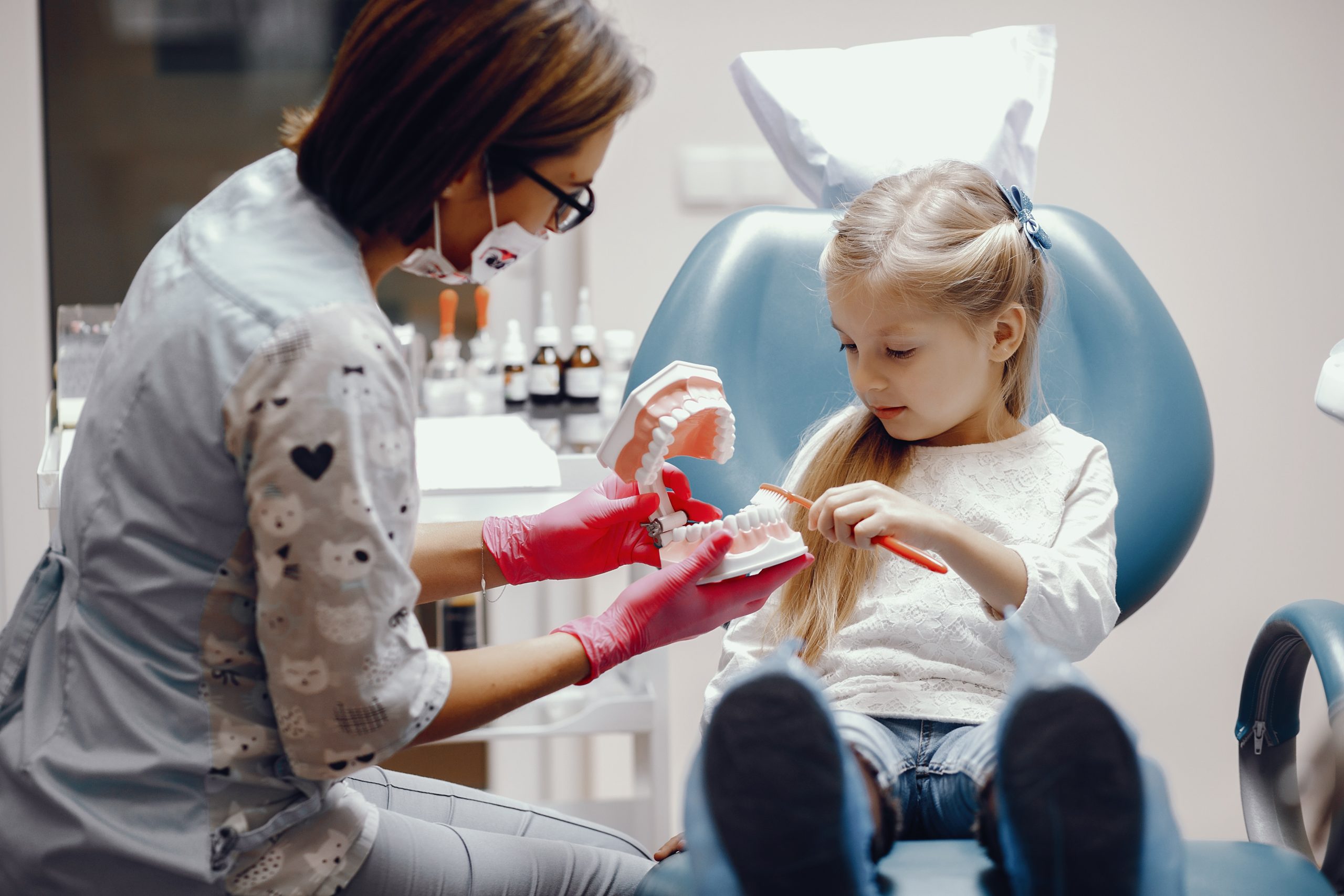When to See a Child Orthodontist
Orthodontics is the dental profession focused on correcting bites (how upper and lower teeth meet) and aligning teeth to create a more attractive smile. Many parents assume their child will only see an orthodontist when they have a full set of adult teeth, but the American Association of Orthodontics recommends a visit around age seven. This appointment allows an orthodontist to monitor a youngster’s growth and spot any issues before they become more serious.
Crooked or misaligned teeth can impact a child’s self-esteem and even their ability to chew, speak, and swallow. A poorly aligned smile can also make it more difficult to brush and floss properly, which can lead to tooth decay. When left untreated, these problems can continue into the teen years, causing additional oral health issues and contributing to jaw pain.
Children with crowded teeth or jaws that grow too far out of place can experience a host of issues from poor nutrition to jaw pain. These problems can also have a significant impact on their social lives as they are more likely to be the victim of bullying. Orthodontic treatment can fix these issues and give kids back their confidence.
An orthodontist can use several different appliances to treat these issues including traditional braces which consist of metal brackets that are affixed to the teeth and then run wires through these to apply pressure to shift the teeth into their proper position. Other methods include palatal expanders which help reduce crowding and clear removable braces that move the teeth through plastic trays known as aligners. More advanced treatments may require mini-screws called temporary anchorage devices (TAD) which are fixed to the bone and used to apply more force to the teeth.
Some signs that it is time to visit a child orthodontist are:
A common sign of orthodontic problems in children is an overbite which is characterized by the front teeth protruding further than the lower teeth. This is typically the result of thumb sucking, long-term use of a pacifier, or excessive grinding of the teeth.
Another indicator is a crossbite which is characterized by the upper and lower teeth not fitting correctly and can cause damage to the front teeth. An underbite is more rare and can occur if the upper and lower jaws are too small and have not grown together. This can be due to an abnormal birth defect, habits such as thumb sucking or using a pacifier, and long term feeding from a bottle.
Orthodontic treatment can correct these and other problems, restoring a healthy bite and improving eating, drinking, speech, and overall dental health. A proper bite improves digestion and allows the body to absorb more nutrients, which can boost overall whole-body health. If you are concerned that your child may have a dental or jaw problem, contact us today for a free consultation. We are dedicated to helping your child get the smile they deserve. Our office offers flexible payment options and outstanding customer service.orthodontiste enfant

